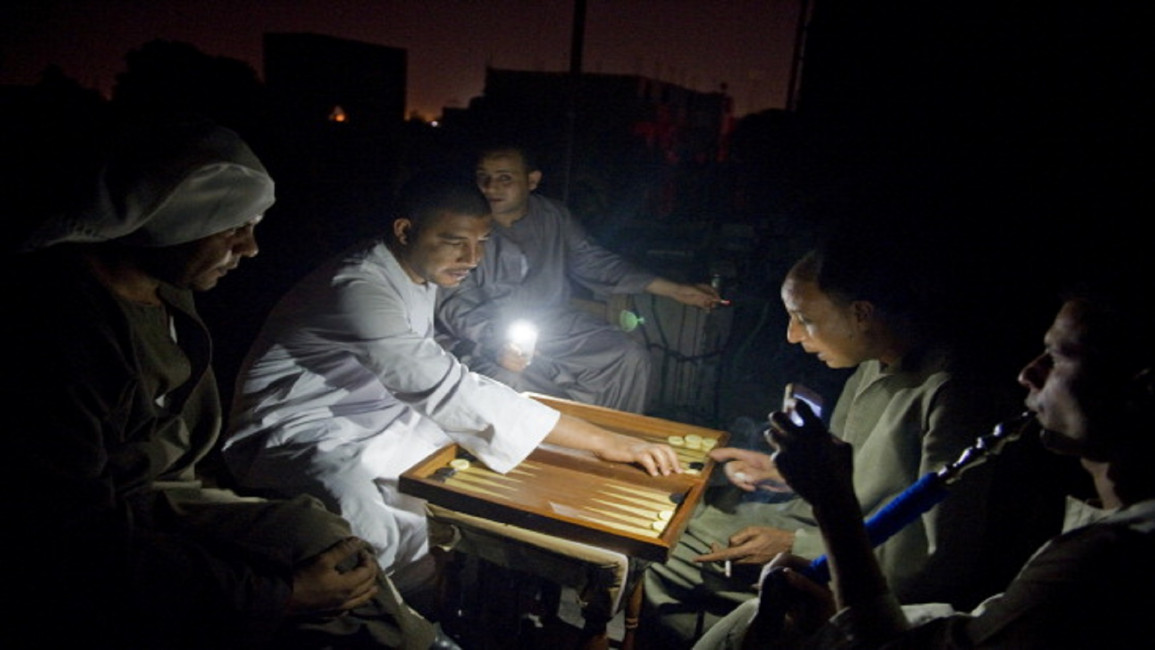Electricity crisis leaves Egyptians in the dark
Egyptians woke up on Friday to power cuts across the country, as the national power grid lost around 39 percent of its total generation capacity, some 9,000 megawatts, overnight. As many as half of Cairo’s commuters were prevented from getting to work as the city’s metro system ground to a standstill. The power cut also hit factories, banks, private companies, markets and hospitals.
A technical glitch in a transmission substation in the early hours was to blame, a source in the Greater Cairo Electricity Distribution Company told al-Araby al-Jadeed. The fault was repaired a few hours later.
The wave of power cuts started at 3:00am in the Maadi, Manyal and Downtown areas before spreading to the whole of greater Cairo from around 6:15am until 10:00am.
Across the country, the lights went out in the Red Sea coastal resort of Hurghada, while Minya, Asyut and Suhag in the south of the country were also affected.
A shock to business
While power cuts are not unusual in Egypt, this was the first in recent memory that lasted more than seven hours, causing huge losses in factories and supermarkets as business and commerce paid the price of the blackout.
An hour-long power cut leads to losses of 800,000 Egyptian Pounds ($112,000), said Muhammad Hanafi, general manager of the Federation of Egyptian Industries. He feared the sudden power cut may lead to further damage to expensive equipment used in producing iron, steel and aluminium.
Many types of goods have gone rotten as a result of long power cuts, said Ahmad Yehya, head of the grocery division in Egypt’s Chamber of Commerce. Dairy products, frozen meat, poultry and vegetables were most at risk, he added.
In recent months, Egypt has seen frequent power cuts, which analysts say have been exacerbated by a reduction in fuel rates and an increase in air conditioning use in the summer, as outside temperatures soar to more than 40°C.
This is an edited translation from our Arabic edition



